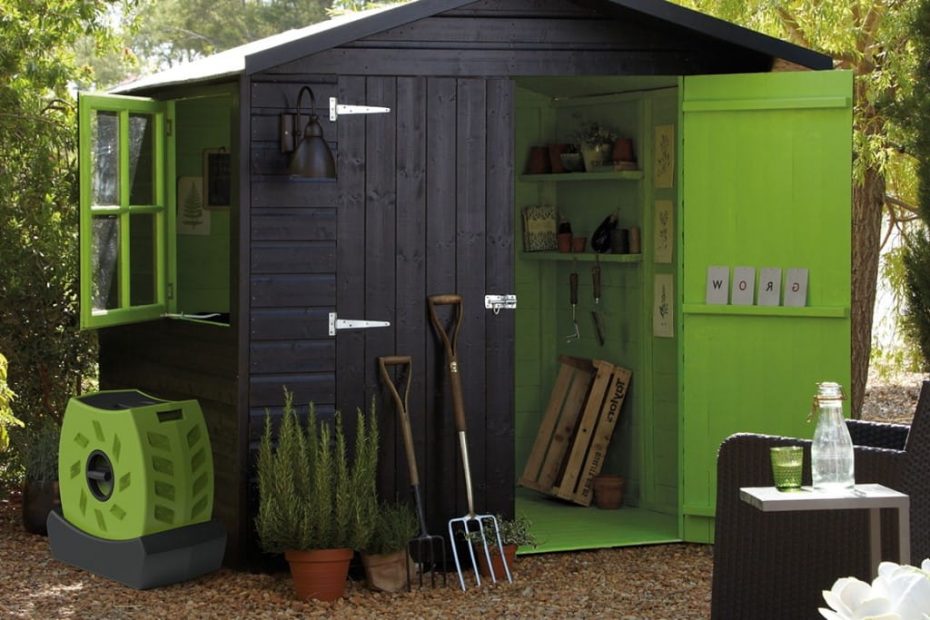You’ve got your green garden laid out, maybe even started working the soil and started your seeds. But where are you putting your tools? If you already have a storage shed or garage, you may not have the need for additional storage. However, those places aren’t always near your garden, and you find yourself carting tools back and forth. Nothing sucks more than needing a tool and having to walk all the way to the other side of your property (and back!) just to grab something you only need for a minute.
If it’s looking like you need a garden shed, then it’s time to start looking at your options.
Buying a pre-fabricated building from your local big box home improvement store is a quick way to get a shed in your garden and ready for tools, but the price is often much higher than doing it yourself. If you have a little DIY knowledge (and the right tools for working with wood), you can often build a shed using plans downloaded from the internet.
Using online shed plans, you have a lot more flexibility in choosing a design that is right for you, and often allows you more customization options than buying one that’s already built and painted. Often, these plans will have add-on pieces so that you can attach a greenhouse or move around interior sections like where you want to put a workbench.
Planning your shed purchase/build
1. The first step in planning your shed is considering location. Pre-built sheds often come on roll-back trucks that need to drive into your location to slide the shed off the truck. Pending the size of your shed, you may need a crane to lift and move it into it’s final location. Building your own shed allows you to bring materials into almost any location.
2. Location often dictates the size of shed you’re planning to build. Measure out your available space to see what size of shed will fit in that location. Don’t forget to think about orientation (or…which side will the doors face).
3. Choosing the type of shed you want will ultimately come down to the amount of room you have available and what you plan on storing. Do you just want something like a small closet to store shovels and rakes? Or do you need something with a larger opening to store bigger items like rototillers? Will you want an indoor workspace for working in the rain?
4. Once you have a idea of what kind of shed you want, you need to price them out to see what’s in your budget. Home improvement stores generally carry a small line of stock sheds, at costs anywhere from a few hundred dollars (for a cheap aluminum shed) to thousands of dollars for wooden sheds. If you’re going to build, take your shed plans to a local lumber store and price out the materials. Building takes more labor, but usually comes with lower up front costs.
5. Check out your zoning laws. Depending on your location, having a new structure on site might require a construction or inspection permit. Small sheds usually do not require permits, but laws very by location. More rural and unincorporated towns often have less red tape when allowing small structures.



